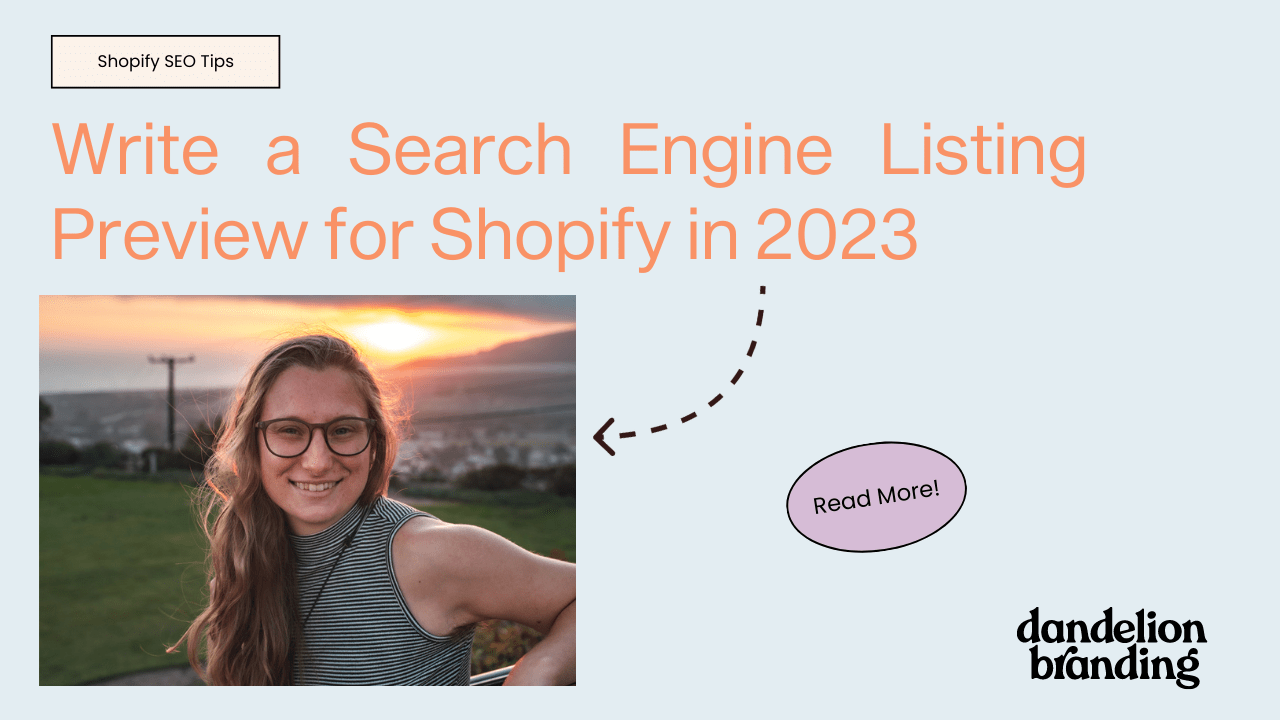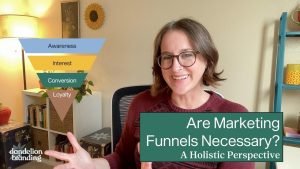When I was learning content marketing strategy, I worked with a Search Engine Optimization (SEO) professional. He would analyze my articles and tell me what words to add and reduce throughout to get the best ranking possible.
I wasn’t learning a lot about SEO with that process, but what I did learn from it was pretty invaluable. The most important thing when it comes to SEO is to provide excellent content.
Without valuable content, any SEO strategy, any content marketing strategy for that matter, is useless. We teach businesses how to build their brands with longevity as a key focal point so value will always be central to our mission.
Search engine optimization is one of the best tools to help get the right content in front of the right eyes.
Is SEO dead?
I see this question all the time—the short answer is no.
Search engine marketing should still be an important part of your content marketing plan. If you’re not focused on seo optimization, you’re missing a piece of the long game puzzle that you’re putting together with your brand.
The people that are touting the end of SEO are the same gurus that are building your entire strategy using uncontrollable ad networks. They’re not taking into account changing algorithms, shifting communication platforms, or glitches that can easily render paid advertising totally useless.
If you’re focused on niche authority with your strategy, spending a little extra time on your search optimization is a no brainer. You’ll be easier to find and you’ll be easier remembered.
Not to mention that it’s totally painless and you don’t have to be marketing whiz to pull it off. I put together 8 tips to help get you started on your SEO marketing strategy.
8 Tips for your SEO
See that ^ a relevant heading, which is tip number one:
1—Use Relevant Headings
People skim articles for the headlines before delving deeper into the content. Google bots are the same way.
Utilize relevant headlines that include keywords. This makes the topic of each section clear, helps the reader move through your article, and helps the bots move your article upwards in the ranking.
2—Don’t Keyword Stuff
It used to be that using your keyword as often as possible was the best way for google to pick up your article. That’s not the case anymore.
The algorithm has gotten way smarter and if you’re forcing your keyword or your key phrase into every other sentence in your article, google will know and they’ll knock you down in the rankings.
Use your keywords/phrases like you would in regular conversation. Then go back through and see where you can add/remove the keywords for better flow and visualization.
3—Build Pillar Pages
A Pillar Page is a page that has a network of interconnected articles around a centralized topic. So if you were building a pillar page around SEO, you would use this general article as a singular page and then go in depth into each surrounding topic and link back to the singular page.
What this does is create a neighborhood of information for the bots to check out. Offering relevant articles within the same topic sphere keeps people on your website and reading through your content—which increases your relevance and thus your search ranking.
4—Use Neighborhood Keyword Phrases
People don’t speak and talk like robots. The goal of the bots is simply to put relevant information in front of people searching for that information. Bots are learning how humans think, speak, search, and read—which means that they are looking for words and phrases in the same wheelhouse as the main keyword or phrase in your list.
There are a ton of free keyword generators out there. Try to use a few different ones to optimize the touch points in your SEO marketing.
5—Your Image Data Matters
Alt text, image titles, and meta description are all checked out by the bots. Most companies are missing out here—so take the opportunity for the leg up.
Make sure that every image title (yes, the title you SAVE it as) matches with the topic it goes with.
Your image alt-text should say what’s in the image, hold your keywords, and indicate the relevance of the image to your copy.
6—Links Matter Too
If you know anything about SEO, you likely know this—your links matter. Use your keyword in the link and not a bunch of other stuff. Don’t use connector words like “to” or “and.”
It should be super clear just by looking the link what it is that you’re talking about. Remember that even though your focus should be on offering people relevant information, you also have to think about how the bots are seeing your page.
7—Meta Description
This place is often seen as nebulous and left blank.
But it’s not blank. When you don’t fill this out, the first sentence or two of your copy is pulled into the google description.
This is a huge opportunity for an extra place to increase SEO.
The thing is, this is one of those “always changing” metrics for google because google is always improving its own search engines to function better for the people that use it.
The best way to use meta description is by offering a very clear description or answer to the question you’re posing because the way people are searching is by asking a question.
8—Choose a Relevant SEO Title
Often times the SEO title will be the same as the article title, but not always. Sometimes you have an engaging title that isn’t perfect for your search engine optimization. On most platforms you can choose a different title that will show in the results of a search.
You want to ask or answer a question with your SEO title. We also put our name in the title so that the bots will connect us with the type of information we’re providing.
Are you using SEO tools for your content? Put it in the comments.
If you need to talk through your content and search engine optimization strategy, schedule a call with us.
Photo by Dominik Scythe on Unsplash





2 thoughts on “Marketing Best Practices: SEO”
Pingback: Brand Guidelines: Why You Need Them + a How To | Dandelion Branding
Pingback: How to Write a Search Engine Listing in Shopify | Dandelion Branding